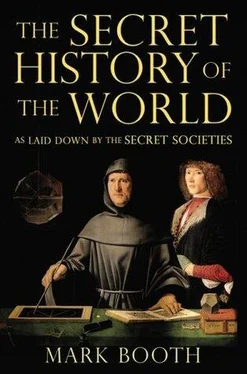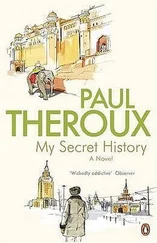The natives would not always be such easy meat. After a while they learned to adopt the treacherous fighting mentality of the Europeans, and so the Conquistadors began to take heavier casualties.
The Conquistadors never did find El Dorado or mines or any source of the gold that lay around the capitals in such abundance, but the gold from South America was sufficient to fund the Counter-Reformation. With its powerhouse in Spain, and enforced in large measure by the Spanish Inquisition, the Counter-Reformation made attendance at Mass compulsory. There were occult forces and initiatic brotherhoods at work in the service of the Counter-Reformation, too.
The world’s greatest library of occult literature is to be found in the Vatican. The Church has never believed that the occult sciences do not work. It has only sought to keep exclusive control of them. Sociologists have attributed religion’s power over the people to its ability to explain life’s unknown, numinous dimensions and so keep dread at bay. Religion must seem to be able to manage the dark volcanic power of the spirits which sometimes erupts into the material world.
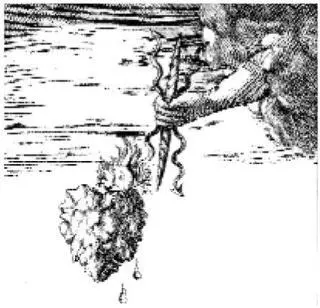
In seventeenth-century Catholicism esoteric teachings rose very near the surface. The visions of Marie des Vallées and Mary Alacoque led to popular Church teachings on the mysteries of the sacred heart. In the twentieth century, in London where I work, the most occult bookshop — by occult, I mean an emphasis on supernatural happenings such as levitations, apparitions, bodily transmogrifications — is not one of the obvious ones which advertise themselves as such but the Padre Pio Bookshop in the shadow of Westminster Cathedral.
In Northern Europe many had made spiritual quests outside Roman Catholicism. Spain was galvanized by a mysticism equally dark and dangerous, but operating within the Church.
Teresa was born at Avila near Madrid in 1515, probably to a family of Jewish converts. She ran away from home to join a nunnery. There, while ill, she drifted out of everyday consciousness and into a mystical state. When the states kept returning she used the manuals of medieval mystics and texts by Ramón Lull as guides to achieving a working knowledge of mystical experience.
Teresa’s mystical ecstasy upon encountering a Seraph was, of course, sculpted by Bernini, the great initiate-artist of the Counter-Reformation. ‘He was not tall but short, marvellously beautiful. In his hands was a long golden spear and at the point of the iron there seemed to be a little fire… that he thrust several times into my heart… he drew out the spear, leaving me all on fire with a wondering love of God… so exciting sweet is this greatest of pains.’ There is an irrepressible suggestion of sexual ecstasy about this that invites comparison with the sex-magical practices of mystical societies of the same period. These practices are among the most closely guarded secrets of esoteric lore, and we will examine them in Chapter 25.
Teresa’s spiritual journals also describe an ascent of the soul that ties in with cabalistic accounts of the ascent of the sephirothic Tree. She describes, too, out-of-body experiences and the soul’s organs of spiritual vision — the chakras, which she calls ‘the eyes of the soul’. But though her writing might be informed by a knowledge of the Cabala, what comes through most strongly is an immediate account of direct personal experience, an understanding of the way the spirit worlds work which is rare outside of India. There is no element of inauthenticity or literary artifice.
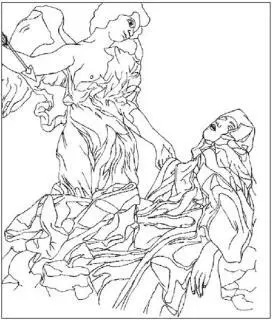
Ecstasy of St Teresa in the Cornaro Chapel in Rome.

Other levitating saints include Thomas Aquinas, Catherine of Siena, Francis of Assisi, Joseph of Cupertino and, in the twentieth century, Padre Pio and Gemma Galgani.
St Teresa’s extreme spiritual states sometimes induced supernatural phenomena, including frequent levitations. These were witnessed by many. Nuns would struggle to hold her down.
It would be a mistake to assume that the experience of bodily levitation is necessarily a blissful one. Teresa talks of being ‘suspended between heaven and earth and receiving no comfort from either’. There is in this some of the sense of loneliness, of spiritual aridity, which had been predicted by Eckhart, and which would be given its finest, defining expression by Teresa’s pupil, St John of the Cross.
Because we live in an age when experiences of the spirit worlds are rare, there is a danger that we read St Teresa or her pupil, St John of the Cross, as mere allegory, an idealized account of finer feelings or even as a description of relatively trivial mood changes described in an aspirational or wishful-thinking way. But St John of the Cross’s account of his dark night of the soul, written after a period in prison in solitary confinement is an account, not of altered moods, but of an altered state of consciousness , an alteration of mental faculties as radical as that achieved by taking hallucinogenic drugs.
The Spanish throw themselves at death. The work of their mystics, writers and artists shows they keep the immanence of death in mind, not in a theoretical way, but a pressing existential way. They see it weaving around them and through them. They are ready to wrestle with it. They risk defeat by it in order to snatch what is most valuable in life from its jaws. This Spanish spirit finds electrifying expression in The Dark Night of the Soul . We have touched on the Mystic Death, the stage in the process of initiation the candidate must pass through. After the first comforting, illumining manifestations of the spirit, the candidate is pitched into a state of profound misery. Not only does he have no doubt that he is about to die, he has no doubt God has abandoned him, that the whole cosmos finds him despicable. He does not now even want anything more than the shady half-existence he is being shown.
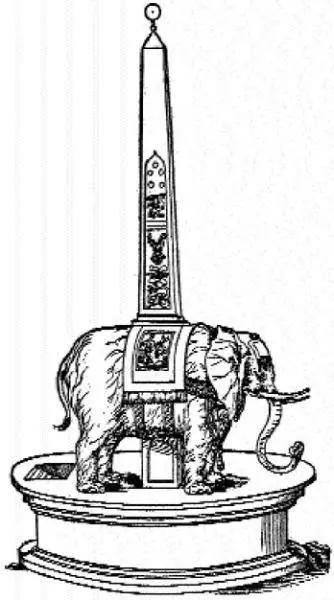
Bernini’s famous Obelisk of Santa Maria sopra Minerva is derived from Alberti’s Hypnerotomachia — as we have seen, also a key occult influence on Leonardo.
If John is describing this experience in terms which are recognizable to us today, this is partly because he helped formulate the very language we use to describe the beginnings of the spirit’s journey through Purgatory, the sphere of the moon.
In John’s account there is also a prophetic level of meaning. He was anticipating an era of history in which incarnated humanity as a whole would have to go through its own Dark Night of the Soul.
But perhaps the most characteristic form of occultism in what would become known as the Counter-Reformation was the Jesuits.
Ignatius Loyola was a professional soldier. When his right leg was shattered during a siege at Pamplona, he was invalided out of the Spanish army. During a period of convalescence he was reading a book on the lives of the saints when he realized his religious vocation. So in 1534, while studying in Paris, he gathered around him seven fellow students to form a brotherhood. They were to be the highly disciplined soldiers of the Church. In 1540 the Pope recognized this order as the Society of Jesus. The Jesuits were to be the Church’s intellectual elite, its military intelligence, servants unto death, searching out heresy and unlawful entry into the spirit worlds. The Jesuits also became the Pope’s educators and missionaries, instituting a rigorous system that would orient the young towards Rome and instil obedience. They also had remarkable successes as missionaries in Central and South America and in India.
Читать дальше
